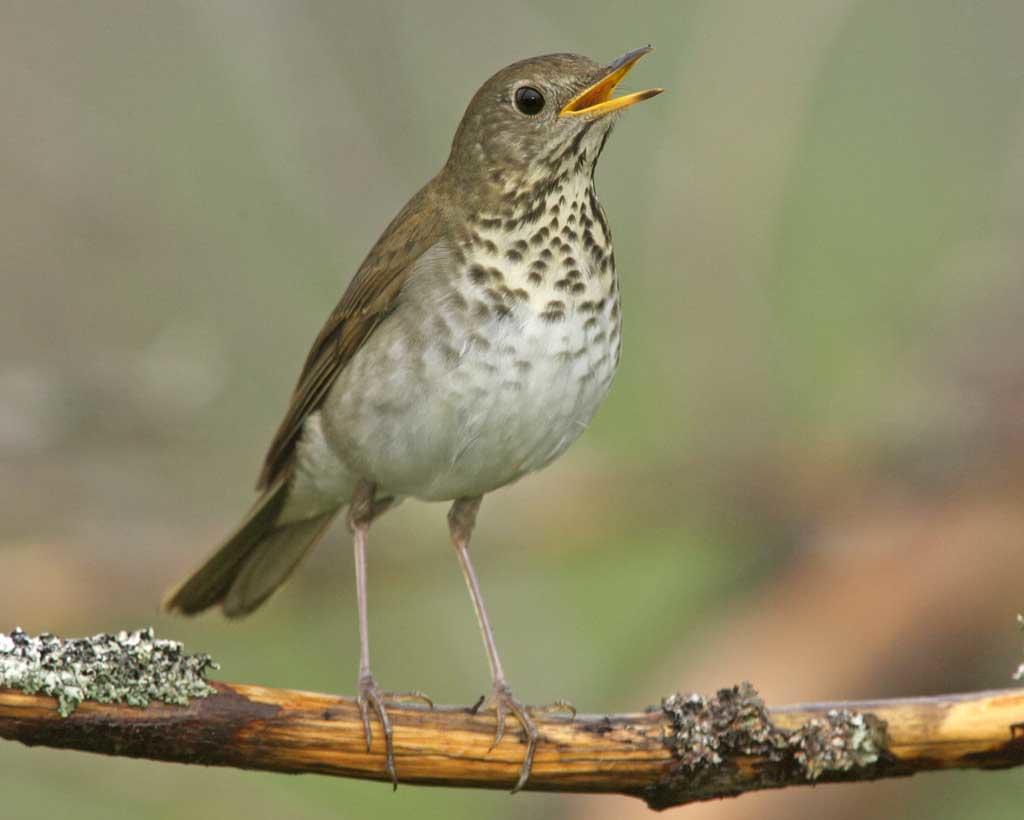Bicknell's thrush (Catharus bicknelli) is a medium-sized, migratory thrush that depends on high elevation, spruce-fir forests to breed. Long-term surveys of Bicknell's thrush suggest that populations of this species are sharply declining throughout its range. Among factors that may be contributing to this decline are airborne pollutants that damage high-elevation forest ecosystems and warming temperatures as a result of climate change. Monitoring populations of Bicknell's thrush can provide valuable insight into the ways in which climate change and other forms of ecological degradation are impacting not only this species but also the high-elevation forests upon which they depend.

There are 11 protocols that are used to monitor the indicator: Bicknell's Thrush. The first three studies on the list below are the most common methods of monitoring in the Northeast region.
The impacts of climate indicators can be measured using different ecological metrics of quantification. The metrics used in a study can affect how it is designed and the questions that it can answer. The information below shows the types of metrics and number of associated protocols that are captured by the data represented in this project.